Tips for Painting Textured Walls to Achieve a Professional Finish
Painting textured walls can be a challenging task, but with the right techniques and tools, you can achieve a professional finish that will transform your space.
Whether you’re dealing with stucco, popcorn, or another type of texture, you’ll soon know how to prep, prime, and how to paint textured walls like a pro.
In this blog post, we’ll share some tips for painting textured walls that will help you achieve a flawless and stunning result.
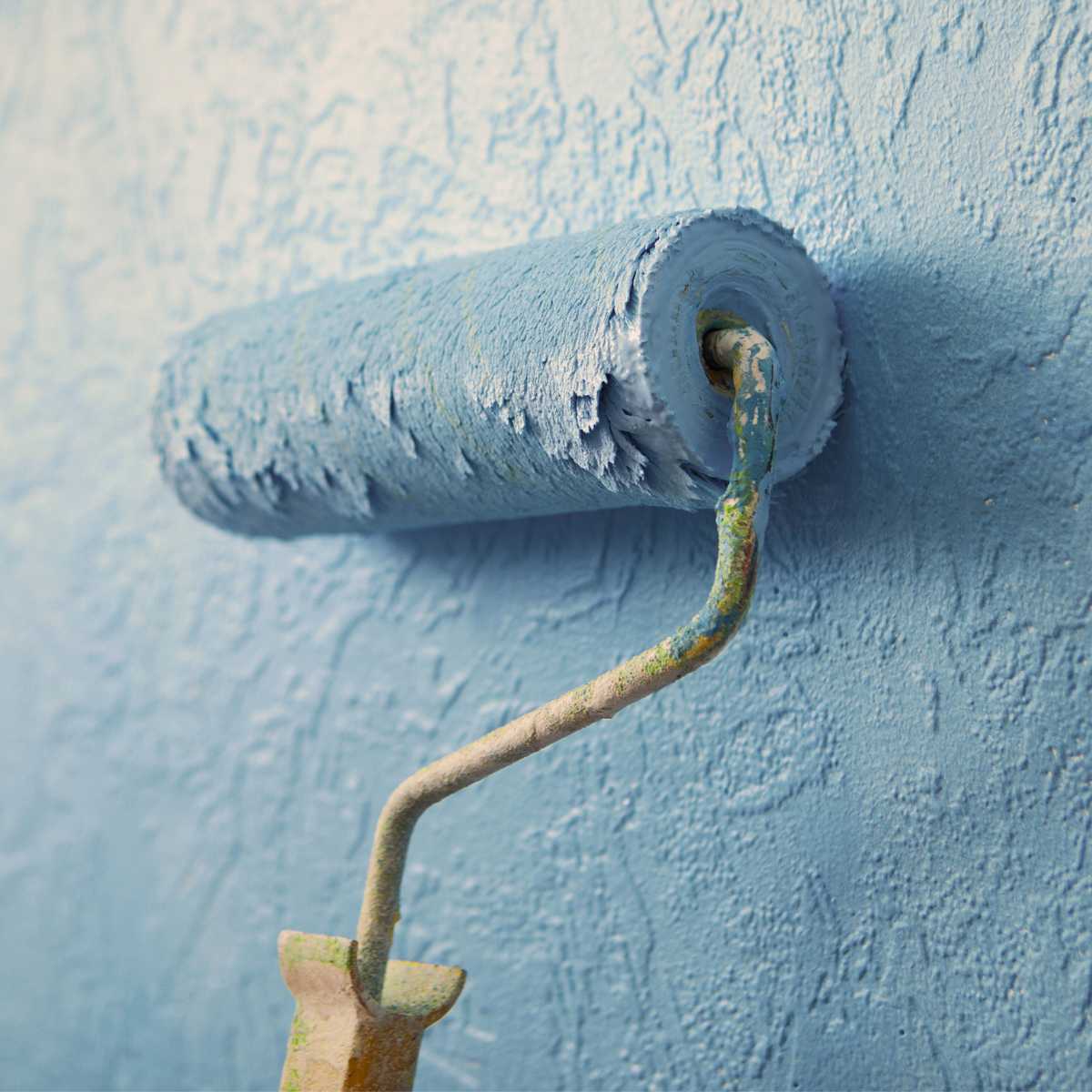
Heads up: some links are affiliated & I may receive a small commission from qualifying sales. For more info see my disclaimer policy.
Clean the Surface
Before you start painting, it’s essential to clean the surface thoroughly. Use a damp cloth or sponge to remove any dirt or dust from the walls. If there are any stains or marks, use a mild detergent to clean them. Make sure the surface is completely dry before you start painting.
This is especially important for textured walls, as dirt and dust can get trapped in the crevices and affect the overall finish of the paint.
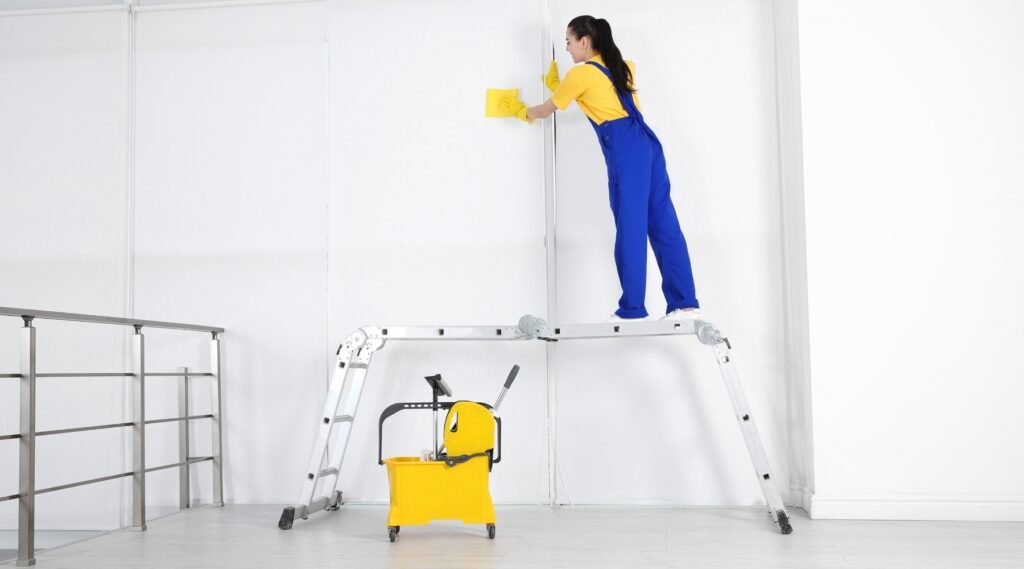
Heads up: some links are affiliated & I may receive a small commission from qualifying sales. For more info see my disclaimer policy.
Prime the Walls
Priming the textured walls before painting is crucial. It helps to create a smooth surface for the paint to adhere to and also improves the paint’s durability. Use a high-quality primer that is suitable for textured surfaces and apply it evenly with a roller.
To prime textured walls, it’s essential to choose a high-quality primer that is suitable for textured surfaces. Look for a primer that is specifically designed to fill in the gaps and crevices of textured walls and will help create a smoother surface for the paint to adhere to.
Examples of high-quality primers:
- KILZ oil Adhesion Primer, Interior/Exterior
- INSL-X SXA11009A-01 Stix Acrylic Waterborne Bonding Primer
Use the Right Roller
A roller with a thick nap is ideal for painting textured walls. The thicker the nap, the better it will cover the textured surface. A 3/4 inch or 1-inch nap roller is perfect for textured walls. Use a roller with a tapered end to reach the corners and edges.
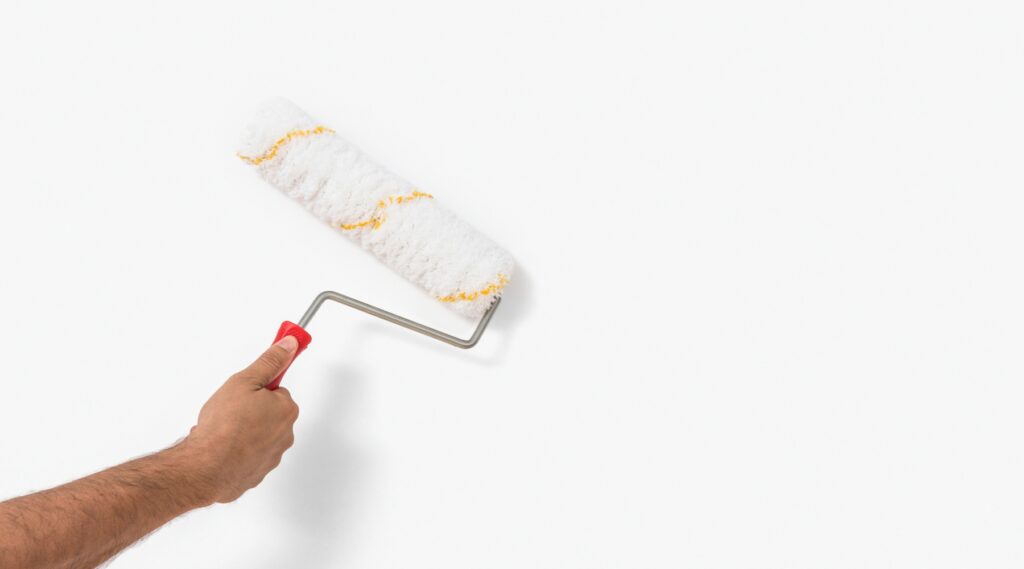
Examples of good rollers for painting textured walls are:
- Pro Grade Paint Roller Cover Set
- Paint Roller-High Density Foam Small Paint
- True Blue 14″ Professional Paint Roller Covers, Best for All Types of Paint (3, 3/8″ Nap)
Apply the Paint
Apply the paint onto the wall in a “W” shape, starting at the top of the wall and working your way down. Be sure to overlap each “W” pattern slightly to ensure even coverage. This technique helps to distribute the paint evenly and cover the textured surface.
As you work your way down the wall, be sure to keep a wet edge and avoid allowing the paint to dry before you have a chance to blend it in. Use a brush to paint around the edges and corners, being careful not to apply too much paint at once.
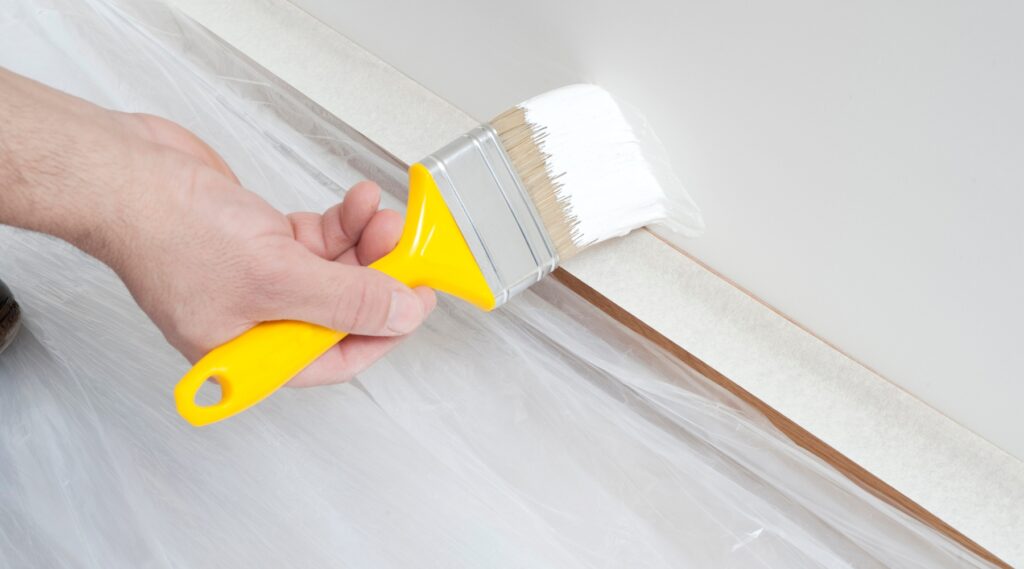
Work in Small Sections
Textured walls require more paint than smooth walls. To avoid drips and uneven coverage, work in small sections. Paint a section of the wall and then move on to the next. Once you have covered the entire wall, allow it to dry completely.
Use a Second Coat
A second coat of paint is often required to achieve a professional finish. Wait for the first coat to dry completely before applying the second coat. Use the same “W” pattern and apply the paint evenly.
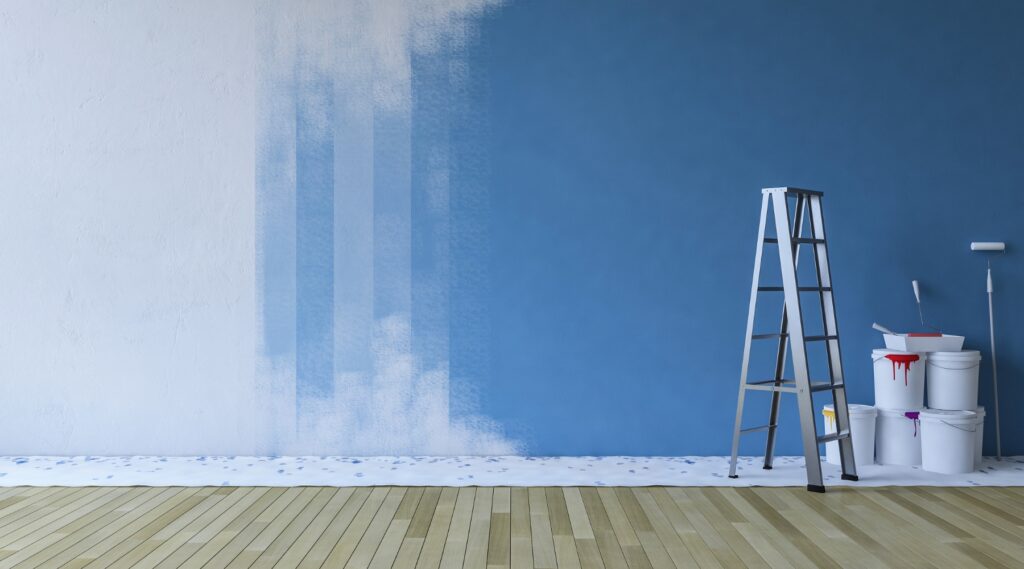
Finishing Touches
Once the second coat has dried, inspect the walls for any missed spots or drips. Touch up any areas that need it with a small brush. Allow the paint to dry completely before removing any painter’s tape.
Textured Wall Painting FAQs
Preparing a textured wall for painting involves thoroughly cleaning the surface, repairing any damage or cracks, and applying an appropriate primer to create a smooth and even base for the paint to adhere to. Depending on the texture of the wall, it may also be necessary to use a specific type of roller or brush to ensure even coverage.
When painting textured walls, it is not recommended to skip the priming step. Priming the surface will help the paint to adhere better to the surface and will prevent the paint from soaking into the textured surface, which can result in uneven coverage and a rough finish.
Depending on the texture and the specific requirements of the project, the type of paint to use on textured walls will vary. In general, it’s a good idea to use a medium to high gloss paint (such as eggshell, satin, or semi-gloss), as this will help accentuate the texture and make it stand out. It’s also important to choose a paint that’s appropriate for the surface you’re painting on, such as a paint designed for use on textured surfaces.
It is possible to use a sprayer to paint textured walls. However, this is generally not recommended. Sprayers can create a fine mist that may not completely cover the textured surface. This can result in drips or uneven coverage. The best way to paint textured walls is usually with a roller or brush.
It is important to use the proper technique when applying paint to achieve an even finish when painting textured walls. Using a roller with a knob matching the texture of the wall and applying the paint in a “W” pattern can help distribute the paint evenly and cover all the bumps and cracks of the textured surface.
In conclusion, painting textured walls requires some extra effort, but with the right techniques and tools, you can achieve a professional finish that will transform your space. Remember to clean the surface, prime the walls, use the right roller, work in small sections, apply a second coat, and add the finishing touches. Happy painting!

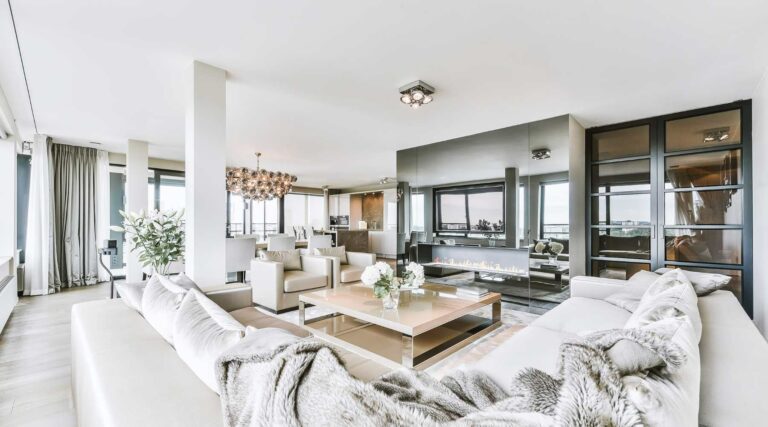

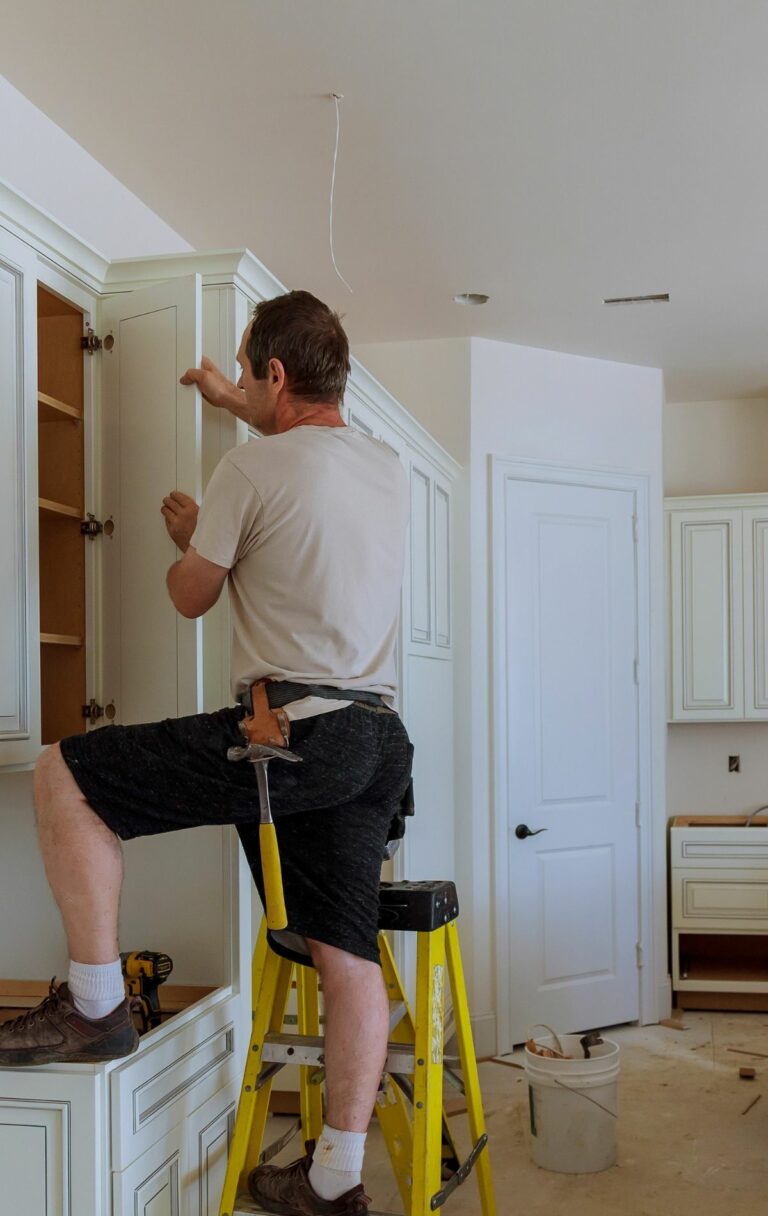


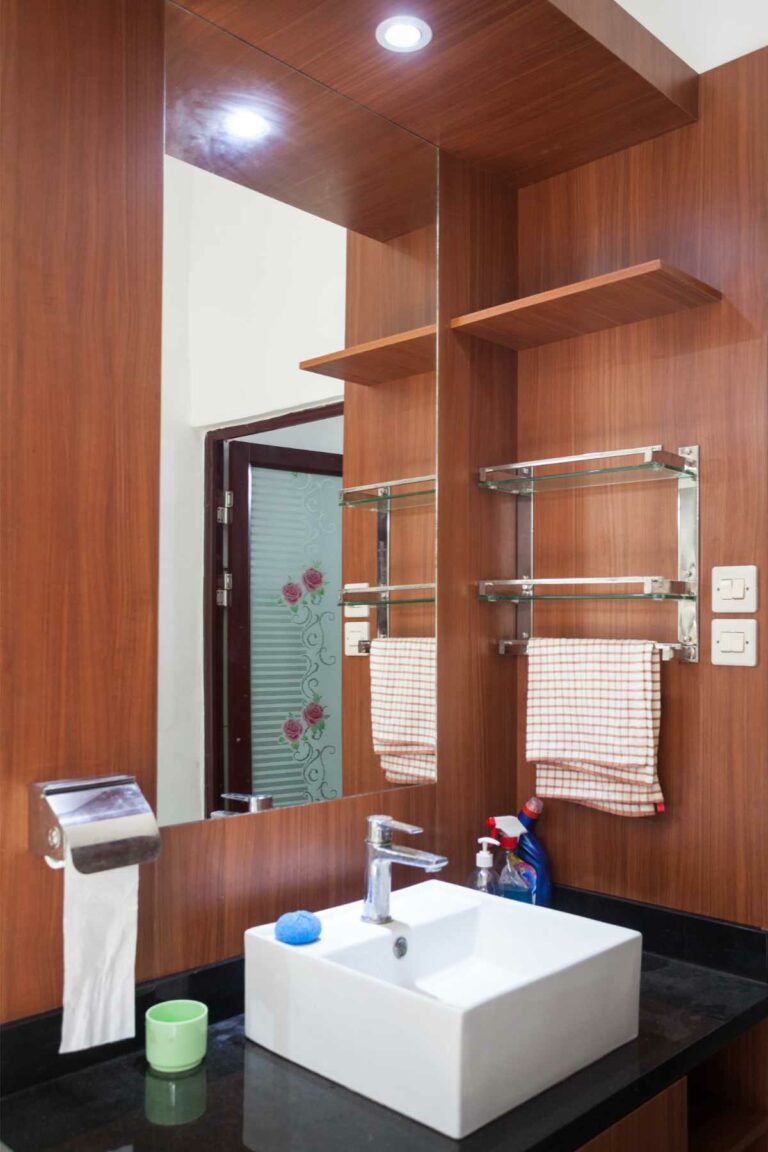
Excellent post. I was checking constantly this blog and I am impressed!
Very helpful info particularly the ultimate section 🙂 I deal with such information much.
I was seeking this particular information for a long time.
Thanks and best of luck.
Good day! I could have sworn I’ve visited this website before but after looking at a few of the posts I realized it’s new to me.
Anyways, I’m definitely delighted I discovered it and I’ll be bookmarking it and checking back frequently!
Howdy! Someone in my Facebook group shared this website with us so I came to take a look.
I’m definitely loving the information. I’m bookmarking
and will be tweeting this to my followers! Outstanding
blog and great design and style.